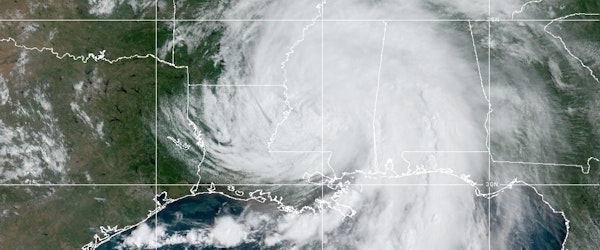
AI Revolutionizes Hurricane Forecasting with Unprecedented Accuracy
Friday, November 15th, 2024 Catastrophe Risk Management TechnologyThis hurricane season showcased the capabilities of artificial intelligence in weather forecasting, with AI models such as Google DeepMind’s GraphCast delivering impressive results. During Hurricane Beryl in July, GraphCast accurately predicted a sharp turn toward southern Texas nearly a week earlier than traditional forecasts. Similarly, the European Centre for Medium-Range Weather Forecasts (ECMWF) AI model forecasted Hurricane Francine’s Louisiana landfall 10 days in advance.
AI-driven models excel at predicting hurricane tracks quickly and with precision. For example, GraphCast generates 10-day forecasts in under a minute with over 90% improved accuracy compared to traditional physics-based models. However, these systems still struggle with predicting storm intensity, often underestimating wind speeds due to risk-averse training protocols.
As meteorological agencies and tech firms integrate AI into operational forecasting, they aim to combine AI’s speed and precision with the reliability of physics-based models. With advancements continuing, tools like Brightband’s Extreme Weather Bench seek to establish standardized benchmarks for testing and trust-building among AI weather models. These innovations could transform disaster preparedness, potentially saving lives and reducing property damage.





